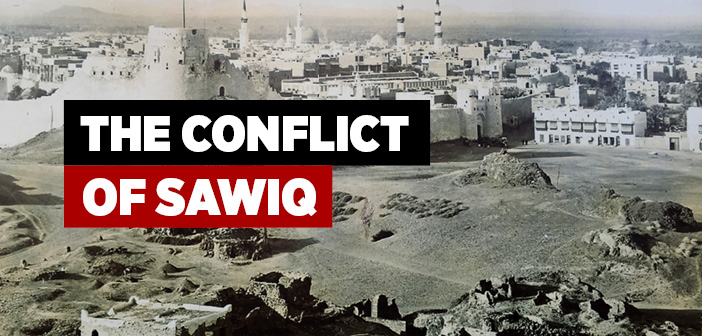What is sawiq? What does sawiq means in islam?
Abu Sufyan assumed leadership of Quraysh following the death of Abu Jahl. Vowing to take the revenge of Badr, he timidly left Mecca with a force of two hundred cavalrymen on horseback. They eventually got within an hour’s distance of Medina; and taking full advantage of the dark, Abu Sufyan was able to reach the quarters of the Jews of Banu Nadir. There, he went to the house of Sallam ibn Mishkam, their leader and treasurer, who hosted his guest in the best way possible, during which he gave Abu Sufyan some inside information on the Muslims.
Leaving the Banu Nadir quarters, Abu Sufyan returned to his friends, martyring meanwhile Saad ibn Amr of the Ansar and setting fire to a few date gardens on the way. With these acts, Abu Sufyan now considered himself as having taken revenge of the Muslims and without delay turned his troops back to Mecca, rapidly, from fear of being followed. Soon becoming aware of the situation, the Blessed Prophet -upon him blessings and peace- headed out in pursuit of the idolaters. They found that in order to make a swifter get away, the idolaters had dropped sacks of fried flour or sawiq, which hence gave its name to the conflict.[1]
[1] Ibn Hisham, II, 426-429; Waqidi, I, 176-180; Ibn Saad, II, 28-30.
Source: Osman Nuri Topbaş, The Prophet Muhammed Mustafa the Elect II, Erkam Publications





